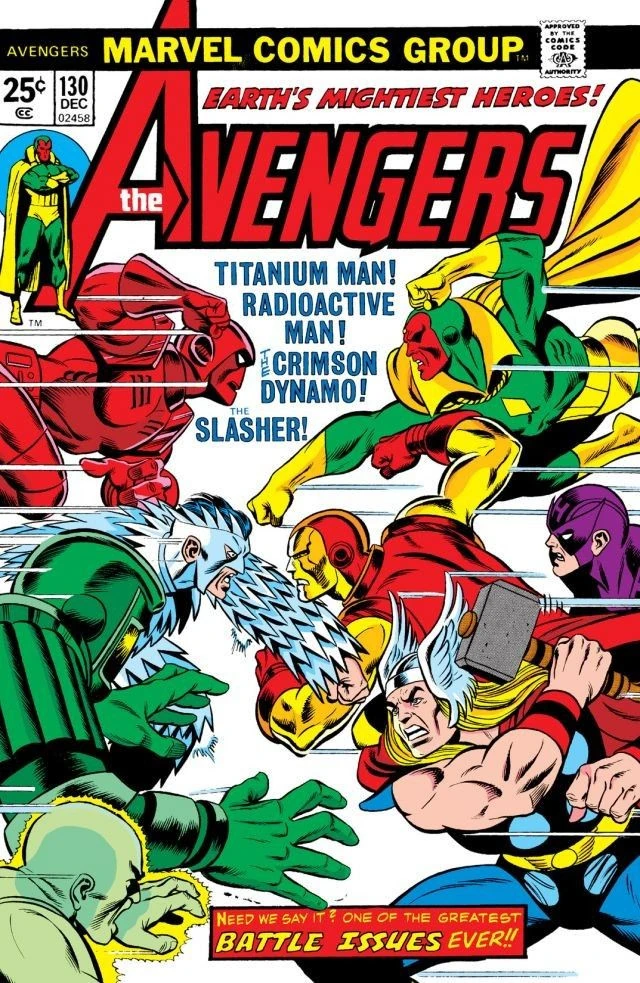When the Guardians of the Galaxy were revived in the 2000’s as a modern team led by Starlord and, whose  members not only included Rocket Racoon, Drax, and Gamora, but also the Celestial Madonna herself, Mantis, who, although green, still possessed the sprouting antenna and the coal black hair of the original Mantis. Unfortunately, James Gunn did not make Mantis a part of the Guardians team would he filmed the first of the films starring the team, but she appeared in the second, albeit to some criticism for the her portrayal as ineffectual and the recipient of many of Drax’s jokes. (As of the date of the publishing of this post, I have not seen the film yet and cannot confirm such criticism though released images of the film suggests that they are not far off base.)
members not only included Rocket Racoon, Drax, and Gamora, but also the Celestial Madonna herself, Mantis, who, although green, still possessed the sprouting antenna and the coal black hair of the original Mantis. Unfortunately, James Gunn did not make Mantis a part of the Guardians team would he filmed the first of the films starring the team, but she appeared in the second, albeit to some criticism for the her portrayal as ineffectual and the recipient of many of Drax’s jokes. (As of the date of the publishing of this post, I have not seen the film yet and cannot confirm such criticism though released images of the film suggests that they are not far off base.)
With the release of the film, Comixology and Marvel sold a collection called the Celestial Madonna Saga telling the story of Mantis’s time spent on the Avengers while she attempts to discover the truths to her true identity. Right smack in the middle of the saga is issue #130 of the Avengers entitled “The Reality Problem!” written by Steve Engelhart with art by Sal Buscema and Joe Stanton.
The issue takes place after the Swordsman, Mantis’s spurned ex-lover 
It is an odd issue because it really operates on so many different levels which weave between each other.

On another level, Busecema 
On yet another level, Buscema writes a story in which the heroine, i.e., Mantis, discovers that all that she knew is false, particularly that which she knows about herself, and struggles with discovering her own identity in which so much of who she is dependent.
The three stories having been deftly set up by Buscema came colliding at the end of the issue when, the Slasher believes that the Avengers have come to thwart his plans and enlists the aid of the the Communist trio of the Crimson Dynamo, Titanium Man, and Radioactive Man to dispatch them. However, his plan fails when the Vision makes him spill the stolen diamonds on the ground and spill the his true intentions to the Communist villains.
Adeptly, Buscema shows how reality can be skewed based on false beliefs. Each of 
Even in a weird kind of commentary, Buscema raises the conflict between Iron Man and the Crimson Dynamo over the death of Janice Cord, the love of Iron Man. Iron Man believes her death to be the Crimson Dynamo’s fault. The Crimson Dynamo rebuts this premise later on the issue turning the tables on the Iron Man, insinuating that Cord’s death was Iron Man’s own fault.
It is interesting that this comic was written in the 1960’s in which so much of American politics was consumed with trying to clearly demarcate evil governments, namely, those governments of the East, i.e., Communist blocks. The subtext in the issue recognizes that justice is tempered by perspective. Buscema presents shifting ground were the reader is constantly caused to shift perspective, so much so that the reader has no real sense of who in fact is the “villain” or the “hero.” No one is blameless, and yet, each of the characters save for maybe the Slasher is justified in their actions.
When read in the context that this comic was 
Comments
Post a Comment